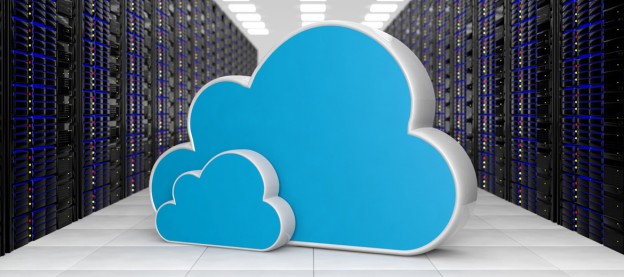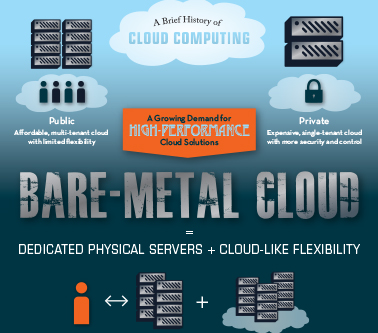I was perturbed when someone questioned me – Is virtualized server infrastructure requisite for cloud platform? For me, cloud is nothing without virtualization. It’s interesting to note that the answer is NO. A recent report published by National Institute of Standards and Technology (NIST) illustrates – on-demand resource provisioning, resource pooling, pay-per-use billing approach, broad network access, and elasticity as the indubitable cloud characteristics, but did not talk about virtualization. It was a surprising fact that has come to light, which has further raised a question to re-examine if virtualized architecture an essential component for providing flexibility and scalability with respect to cloud.
Why Businesses Are Showing Inclination Towards Bare Metal?
In the recent years, virtualized infrastructure has remarkably drawn attention of IT administrators owing to its metered billing, simplicity-to-use, and broad network accessibility. It has allowed them to cutback overhead expenses and embrace new technology innovations. Fostered by virtualization, automation and orchestration, cloud has succeeded to meet the exceeding demands of organizations. However, new alternatives have arrived in the cloud era to cater to the requirements of high-end applications.
But, this could also be not denied that exceeding application workloads put pressure on conventional, virtual clouds. This in turn, entails performance degradation, which occurs due to:
- Implementation of a hypervisor, and
- Multi-tenancy
Technically, a hypervisor plays a pivotal role in ensuring the flexibility and computing capabilities imperative for smooth functioning of virtual machines on an individual physical server. However, it also mounts extra processing overhead that affects performance of the application(s).This generally do not impact all the applications, but the one that demands higher levels of data throughput certainly witnesses performance snags. When multiple virtual machines start consuming more and more computing resources, it obstructs work functioning thereby leading to an inefficient utilization of IT resources.
Here comes a solution ….
Over the period of time bare-metal cloud hosting services have gained noticeable improvements over virtualized IaaS in concord to affordability, and efficiency. Not only bare metal servers provide flexibility and scalability similar to the virtualized infrastructure, but also meet performance and consistency expectations. Moving ahead, to test the potential of bare metals, a series of benchmark tests have been performed by the leading organizations. Interestingly, all the upshots favor bare metals just because of its greater CPU, RAM, storage, and internal network performance.
The bare metal cloud has emerged as a substitute to aid virtualized services to wipe off overhead of virtualization that too without interfering with the flexibility, scalability and other advantageous aspects that cloud has to offer.
Do not confuse yourself with bare-metal cloud and dedicated instances, which can be a part of a multi-tenant setup; and bare-metal servers or dedicated servers that may also connote to a managed hosting service which includes fixed architectures and long term contracts. A bare metal cloud model promotes on-demand usage and is based on hourly billing with physical hardware.
Let’s expand some of the nitty-gritty’s of the bare metal servers:
First point, bare metals do not work on hypervisor technology, however, the services can be provisioned through a cloud service model. This perfectly maintains the two major aspects – elasticity and automation of the virtualized cloud that is similar to the performance of a dedicated server.
Secondly, the hardware is completely dedicated to meet the requirements of a single business or individual.
Third and the most important point, these servers can be swiftly provisioned and discontinued through an API or self-service portal. This in turn, provides businesses an access to high-end Dedicated Servers on demand.
Now let’s move to other amicable aspect of this server:
These avant-garde servers are capable of satisfying larger workload requirements when compared to similar, multiple sized virtual machines.
With bare metal restoration process is no more a herculean tasks. It is easy to copy server configuration in a simple way, which actually is an intricate task in case of typical dedicated servers.
The Bottom Line
Bare metal cloud is an extremely good option as it enables businesses to spin up/ down servers and add resources to meet their workload requirements on an hourly usage-based billing model. Moreover, it provides flexibility of public cloud, however in a completely dedicated and high-performance environment.






 Live Chat
Live Chat

